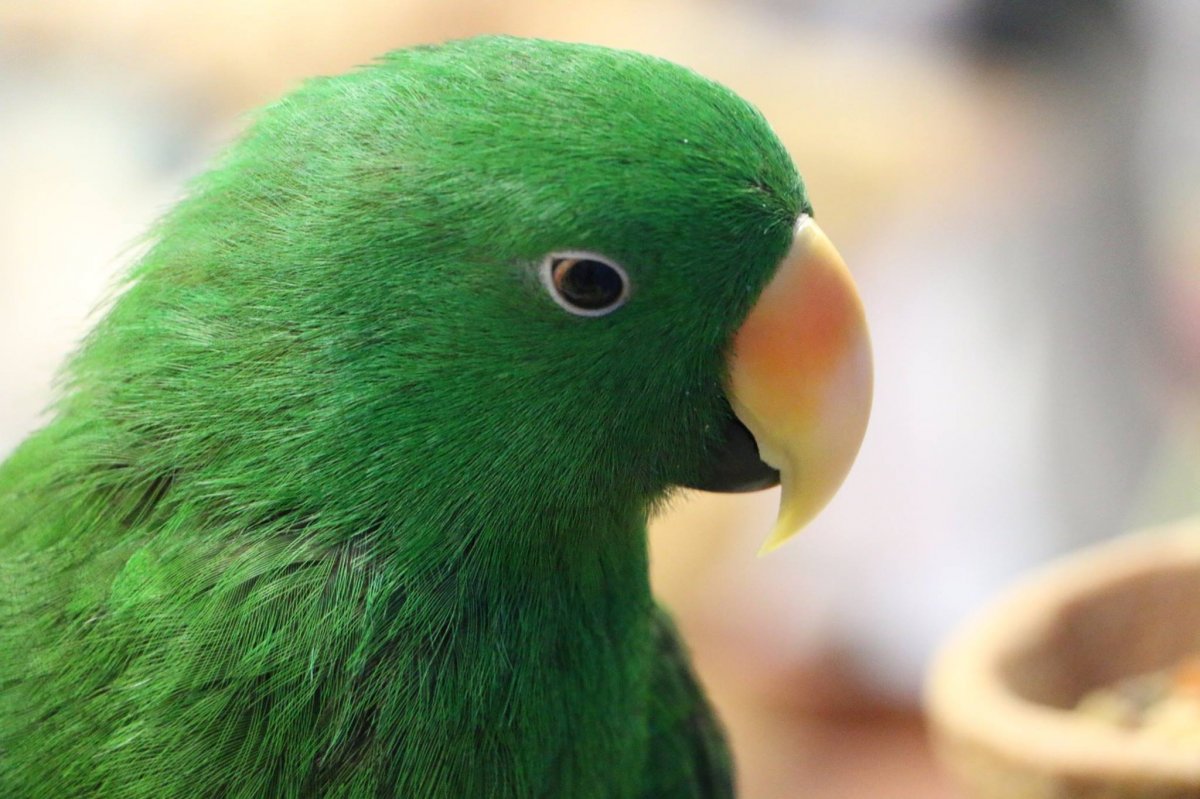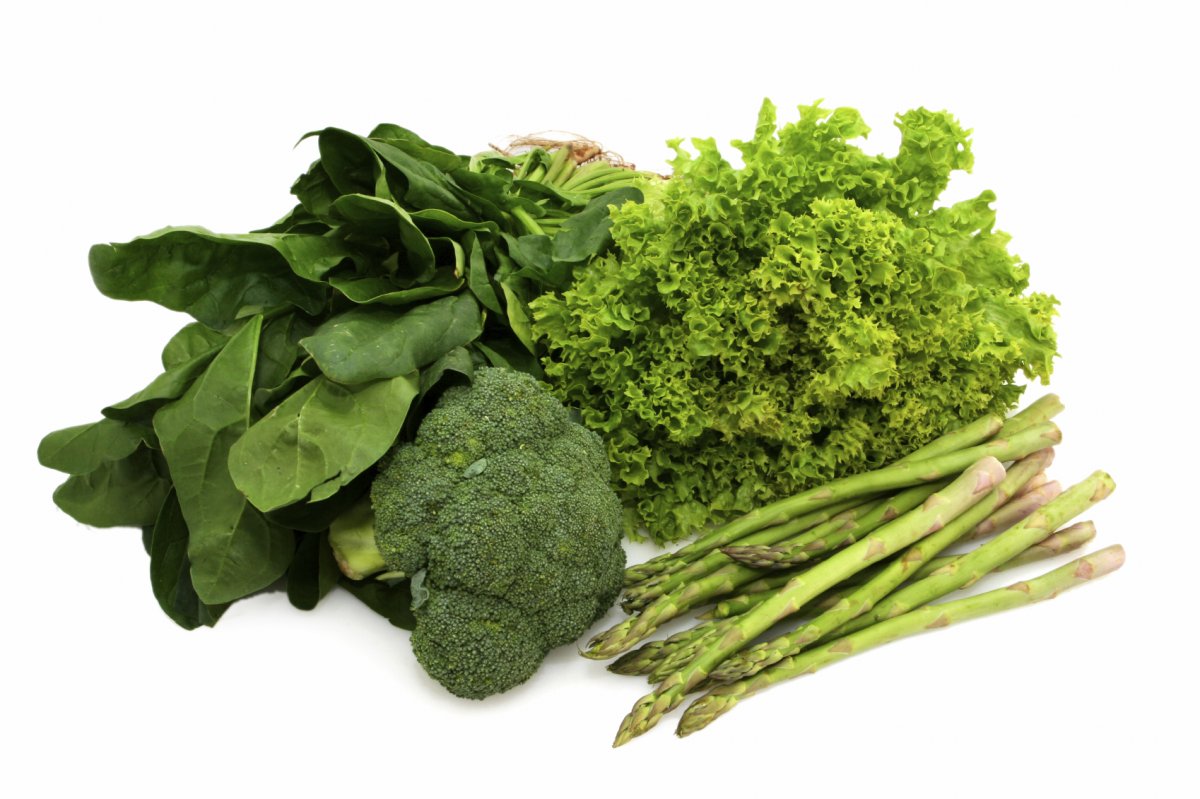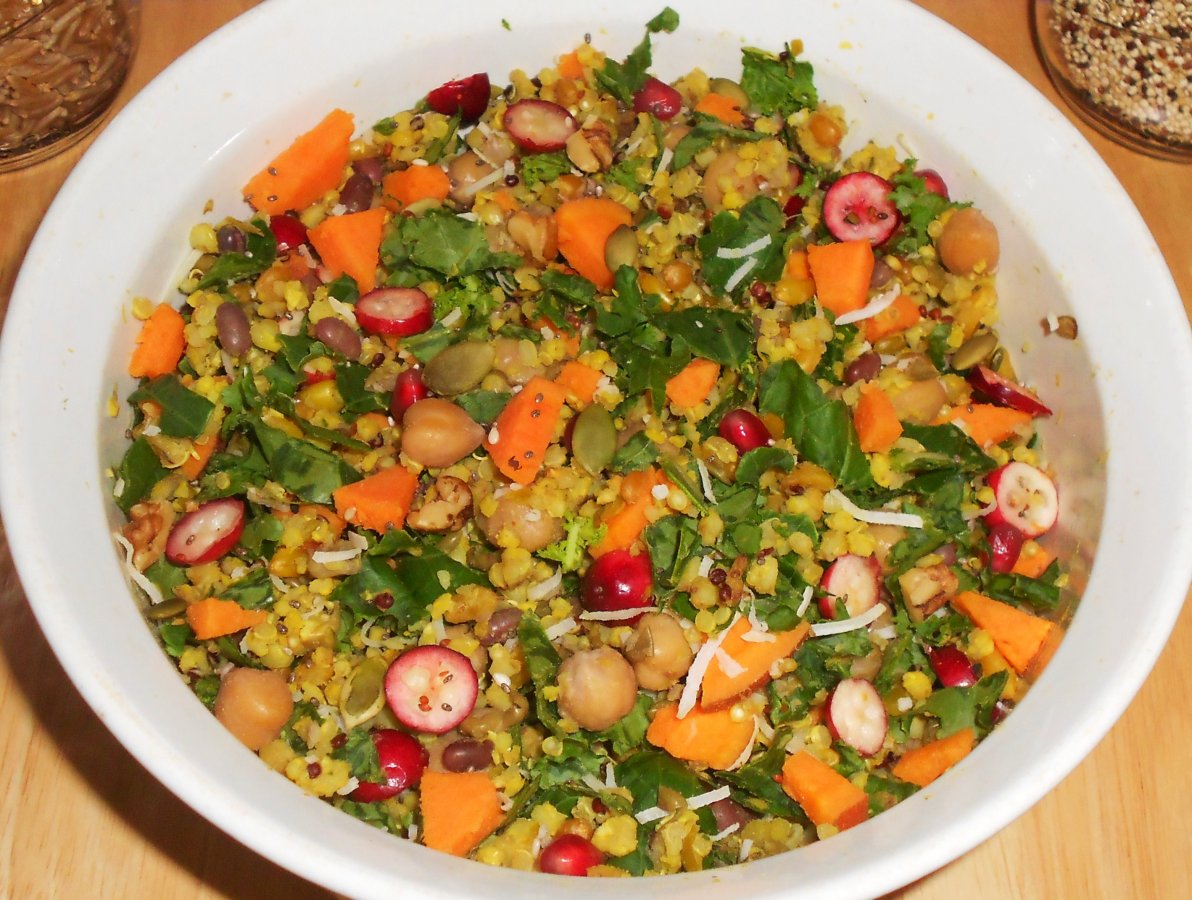

Eclectus Diet Explained
Please note, we always recommend consulting with your avian specialist vet on any bird's diet.
Why can't my Eclectus eat the same food as my other birds?
The Eclectus parrot has a longer gastrointestinal (GI) tract than other parrots. This means it takes them longer to digest their food and also increases the absorption of vitamins, nutrients, minerals, etc. Any foods with added vitamins and minerals, high fat or sugar contents, etc. will impact their body in unhealthy ways. For example, we often see Eclectus come into the rescue with yellow or green feathers where they shouldn't have them. This can be an indication of liver failure which is often the result of an inappropriate diet and without treatment it may cause early death in these birds.
The Breakdown
The Breakdown
The Eclectus parrot should have 80% raw or prepared vegetables, fruits and sprouts. They may have 20% of all natural pellet (no added vitamins/minerals, no food coloring, organic source and limited filler ingredients), nuts and treats. For further pellet suggestions, please go to the tab "Dietary Info for Most" on our website.
What should I be focusing on?
What should I be focusing on?


Eclectus parrots are often found to be deficient in Vitamin A so including daily sources of Vitamin A is important to maintaining the health of your bird. Dark leafy green vegetables and "orange" produce as shown in the chart can all be wonderful resources that also provide variety. NOTE: Please be cautious of seeds and pits as some may be unsafe. Always research or consult your vet before giving your bird a new type of food. Also, citrus foods can be too acidic for a daily food. We recommend giving citrus sporadically and not regularly. Pumpkin, carrots, squash, peppers, sweet potato, cantaloupes, mango and papaya are the preferred regular sources.
Sprouts: Sprouts can be the best daily resource of vitamin consumption for Eclectus parrots and are easy and relatively quick to make!
Sprouts: Sprouts can be the best daily resource of vitamin consumption for Eclectus parrots and are easy and relatively quick to make!
How to Information sourced from Beauty of Birds website, to visit this website and receive more in depth sprouting technique, please click this link.
"Sprouting is the practice of soaking seeds overnight (1 part seeds to 5 parts water), draining them, placing them into a sprouting jar (a sieve propped up in a bowl to allow the water to drain will do just fine); and then rinsing the seeds several times a day until they start to sprout (they usually start sprouting after about 24 hours) - at which time they are ready to feed. For the next days, the seeds will continue to grow. The different stages provide different nutrients to your bird. For a few birds, a few tablespoons of seeds are sufficient. If properly attended to, the sprouted seeds will last for up to 5 days. Discard if a foul smell can be detected. If early spoiling is an issue, adding a few drops of Hydrogen Peroxide or GSE added to the rinsing water will prevent early spoiling. In most cases, this may not be necessary."
OR
"Sprouting is the practice of soaking seeds overnight (1 part seeds to 5 parts water), draining them, placing them into a sprouting jar (a sieve propped up in a bowl to allow the water to drain will do just fine); and then rinsing the seeds several times a day until they start to sprout (they usually start sprouting after about 24 hours) - at which time they are ready to feed. For the next days, the seeds will continue to grow. The different stages provide different nutrients to your bird. For a few birds, a few tablespoons of seeds are sufficient. If properly attended to, the sprouted seeds will last for up to 5 days. Discard if a foul smell can be detected. If early spoiling is an issue, adding a few drops of Hydrogen Peroxide or GSE added to the rinsing water will prevent early spoiling. In most cases, this may not be necessary."
OR
"Germination offers an easy, clean and safe way to provide superior nutrition to your birds. Simply soak the seeds to the point where the root tips show and feed to your birds ....
-
- Process: Soak a daily portion of seeds, grains and legumes in pure, clean water overnight. If you keep the seeds at room temperature (on the counter, for example), the seeds start germinating after 12 hours. If you keep the soaking seeds in the fridge, it will take around 24 hours to germinate). Germination is safer as the process is shorter and the seeds or grains don’t have time to deteriorate - and yet, germinated seeds also offer superior "living" nutrition similar to sprouts.... Note: only germinate one portion at a time."
"Chop"
You will hear many people in the bird world provide their birds with what we call "chop." This is a mixture of a variety of fruits, vegetables and sprouts that offer a varied and complete diet but also prevent your bird from being bored of eating the same thing everyday. For instructions on making chop and for many recipes, please click this link and join The Parrot's Pantry on Facebook.
 Photo Sourced From: TheHappyCockatoo.wordpress.com
Photo Sourced From: TheHappyCockatoo.wordpress.comRaw Veggies vs. Prepared "chop"
Why not both? Some day you can simply chop up the veggies and lightly toss it with a little coconut oil. Other days you may provide them with prepared chop. Utilize what you have around you! If the fresh veggies are on sale one week, then stock up! If the frozen veggies (no sauce or seasoning added) are on sale, then stock up! You may also find it easier to make large quantities of 'chop' at one time. If you prefer this but don't want the waste, then bag it into grocery bags and freeze it.



